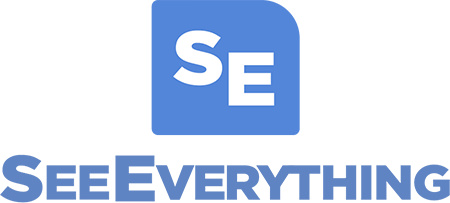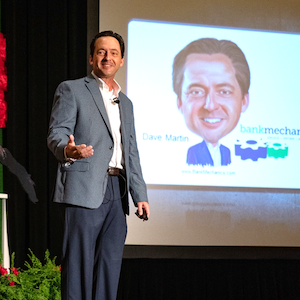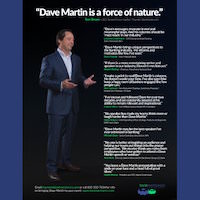 |
 |
Decide what you want. Decide what you are willing to exchange for it. Establish your priorities and go to work. » H. L. Hunt
Not a Day at the Beach
Every now and then, a sales or service interaction is silly enough to make me stop, laugh, and ask questions. One such moment happened this week at a local sporting goods megastore.
My 13 year-old has hit a growth spurt in which he is outgrowing shoes about as fast as he can tie them. I’m convinced that is why the shoe selection between sizes 5 and 8 is so small. Kids don’t stay there for long.
As we placed the new 9 ½’s in front of the not-looking-up cashier, she asked, “Can I have your zip code?”
I used to ask the cashiers, “Why?” The official answer: They don’t know.
Again, without looking at us, she asked, “Would you like to add a beach ball for $1?” I glanced over to see if my son had thrown suntan lotion down when I wasn’t looking. He hadn’t.
I paused and said, “I’m sorry, did you just ask if I wanted to buy a beach ball?” She said, “Uh… yeah. They’re $1.” I chuckled, “Is that a special offer you’re making because we look like beach dudes, or does everyone get that deal?”
I don’t think she grasped the joke. My son apparently didn’t either, as he looked at me and said, “I’m good with the shoes. I don’t need a beach ball.” Okay, thanks son.
She shrugged and said, “Nah, they have us pushing beach balls today. I don’t know why.” I asked, “Have you sold any?” She hadn’t. So my guess is that dozens or scores of folks that day had likely raised an eyebrow and decided their current supply of beach balls was going to suffice for now.
On the surface, most would figure that this mindless pitch was pretty harmless. But it reminded me of how many companies undervalue the importance of the relatively few times when their employees interact face-to-face with customers.
You have the opportunity to solidify customer relationships by conveying that you appreciate their business. Occasionally, you may also be able to learn something about them and be better positioned to recommend something else they actually need.
Or, you can simply process folks like they are something to be dispatched… or maybe make rote sales pitches that train customers to not pay much attention to what you say anyway.
We are getting fewer and fewer chances to interact with customers face-to-face.
Will those in front of your team today feel appreciated or “processed”?
Where'd Everybody Go?
A recent column by my friend Tom Brown on his Bankstocks.com site entitled “Bleak Bank Benchmarks” drives home a basic point I’ve been stressing to banker groups for several years.
The roles branches play in customers’ banking practices are being reduced at a quickening pace.
And no, I’m not pretending that was a prescient assertion. I’ve simply been pointing to facts that some bankers are dead set on ignoring.
In his column, Tom cites survey results from Cornerstone Advisors that paint a rather bleak picture of the sales and service activities of most bank branches. More and more branches do not appear to be generating enough new business to justify their continued existence.
One of the points I continue to make to folks who are offended when they hear this is that it’s not an indictment on their sales efforts within their branches. It’s also not a slight on the quality of service they provide.
I’ll say it again. The sales focus and quality of service provided in bank branches is better than it’s ever been.
But fewer folks need to visit a branch to conduct their banking. It’s simply hard to provide impressive service or sell anything to people you seldom or never actually see.
While it may be a bit of an oversimplification, I suggest to folks that our industry’s sales efforts have almost always been “cross-selling” and “upselling.” And those practices rely heavily on having existing, or at least “shopping”, customers in our presence.
Folks need and use banking products as much as ever. Their overall propensity to switch banks is no lower than it’s been historically. But how they use these products and how they shop for them is changing.
And if we don’t make the needed adjustments to remain “on their radar”, many branches are going to go the way of record stores. (Yes kids, folks once shopped for music in a store.)
One of my new mantras is “Branches matter less. Bankers matter more.” In a commoditized and technology-driven industry, human interaction and conversation are the true differentiators.
If you’re in an in-store, those differentiating opportunities are a short walk away. In a traditional branch, maybe a short drive. New relationships are still out there. But they’re not walking into (or up to) a branch this month.
Are you going to go to them?









